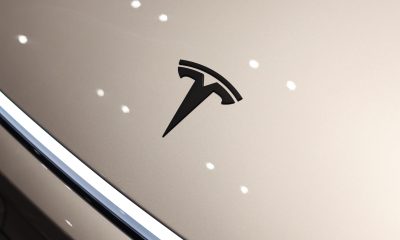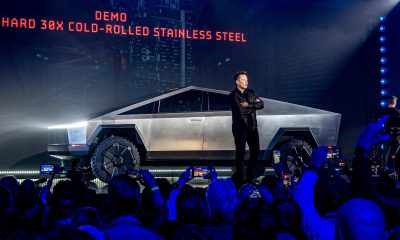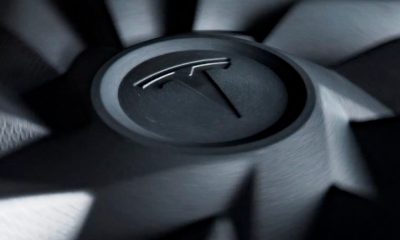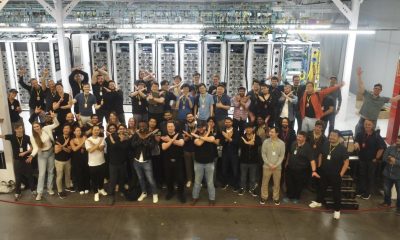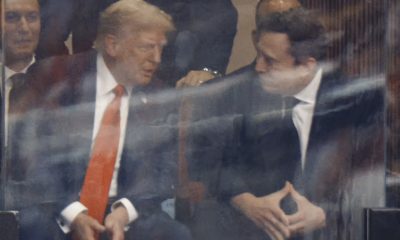News
Elon Musk suggests we might be characters in a computer game
Elon Musk told the Code Conference on June 2 that we may all be just computer simulations in some alien’s computer game.
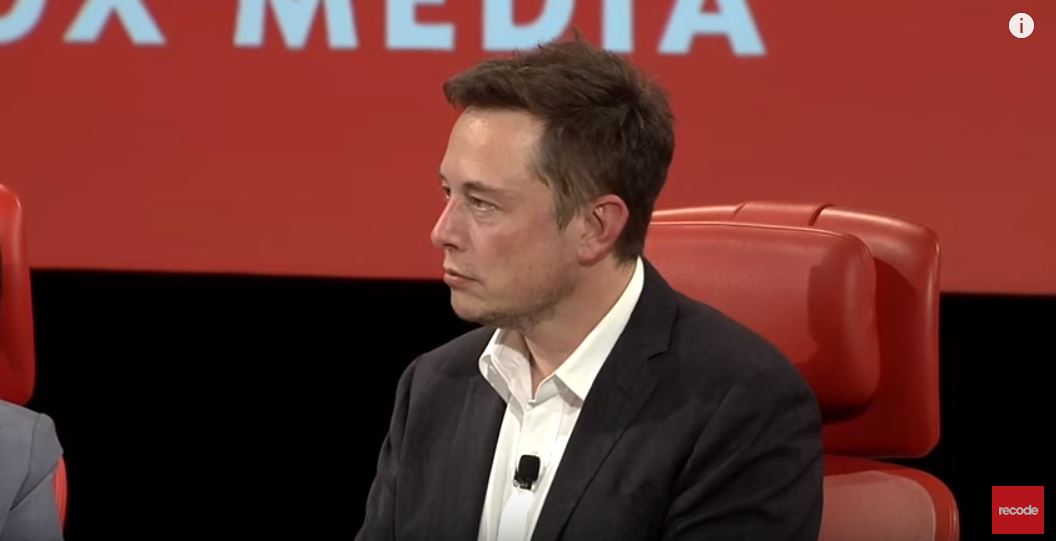
Tesla and SpaceX CEO Elon Musk told an audience at Wednesday’s Recode conference that there is a “one in billions” chance that humanity is not living within a computer simulation, given the rate of technological advancement we have seen over the last 40 years.
Does that sound far out? Not if you are a fan of philosopher Nick Bostrom and his paper entitled, “Are You in a Computer Simulation?” In response to a question from journalist Josh Topolski, Musk offered this rationale:
“The strongest argument for us being in a simulation probably is the following. Forty years ago we had pong. Like, two rectangles and a dot. That was what games were. Now, 40 years later, we have photorealistic, 3D simulations with millions of people playing simultaneously, and it’s getting better every year. Soon we’ll have virtual reality, augmented reality.
If you assume any rate of improvement at all, then the games will become indistinguishable from reality, even if that rate of advancement drops by a thousand from what it is now. Then you just say, okay, let’s imagine it’s 10,000 years in the future, which is nothing on the evolutionary scale.
So given that we’re clearly on a trajectory to have games that are indistinguishable from reality, and those games could be played on any set-top box or on a PC or whatever, and there would probably be billions of such computers or set-top boxes, it would seem to follow that the odds that we’re in base reality is one in billions.”
Then Elon turned the question back on Topolski. “Tell me what’s wrong with that argument. Is there a flaw in that argument?” Topolski replied, “The argument makes sense.” Then he asked Musk, “But what do you think?
“There’s a one in billions chance we’re in base reality,” he replied. Then he continued, “Arguably we should hope that that’s true, because if civilization stops advancing, that may be due to some calamitous event that erases civilization. So maybe we should be hopeful this is a simulation, because otherwise we are going to create simulations indistinguishable from reality or civilization ceases to exist. We’re unlikely to go into some multimillion-year stasis.”
Did you follow that? Personally, such abstractions make my head hurt. For more on this subject, head on over to The Simulation Argument website, where you can spend weeks working through all the permutations and possibilities.
Among other things Musk mentioned during the sit-down at Recode was that final designs for the Tesla Model 3 would be complete in about 6 weeks.
News
Tesla’s biggest rival in China reported a big profit decline once again
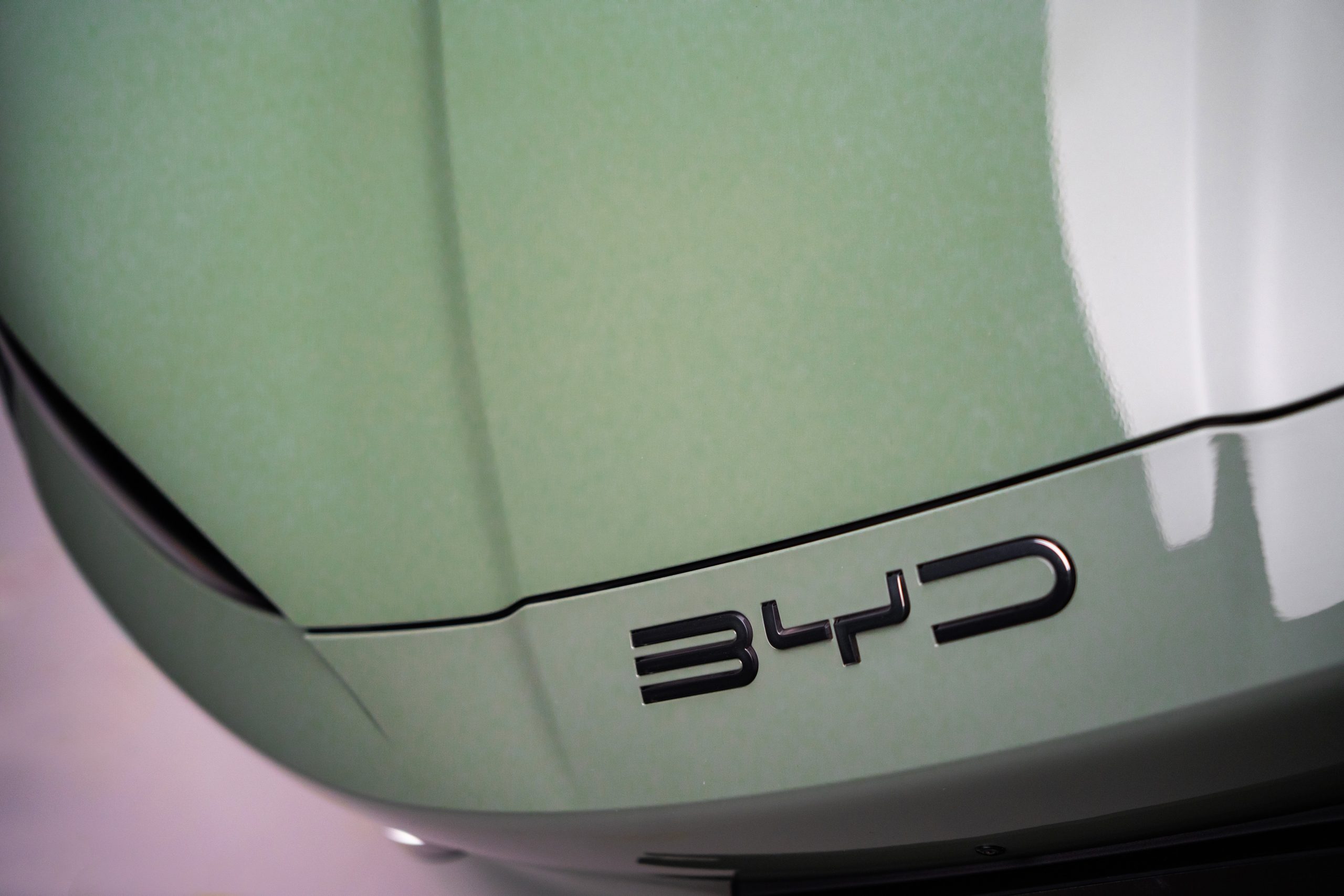
Tesla’s biggest rival in China reported a big decline in its profitability for the second straight quarter, and a loss of one-third compared to the same quarter last year.
BYD overtook Tesla as the best-selling EV maker in China in the fourth quarter of 2023, finally surpassing the company in terms of sales in the region.
Is Tesla really losing to BYD, or just playing a different game?
The Chinese market is one of the most competitive in the world, especially for EVs, as the industry is healthy with young and scrappy companies looking to sell the best possible tech in their vehicles.
BYD reported its earnings on Thursday and said that its profit had slumped by 33 percent compared to the same quarter last year. For this year’s third quarter, BYD reported a net profit of 7.8 billion yuan ($1.1 billion), a 32.6 percent decrease compared to the same period in 2024.
Its revenue was 195 billion yuan ($27.4 billion), which was only a 3 percent decrease compared to Q3 2024.
The drop in profits and revenue can mostly be attributed to the ongoing growth of competition in the Chinese market. The increased competition in China has pushed companies to turn to overseas markets in response, according to CnEVPost.
BYD is one of those companies, and it is attempting to push sales upward by entering new markets, especially in Europe, where the company sold more than 13,000 units in EU countries in September alone.
This was a 272 percent increase year over year, a major piece of evidence that it has a lot of potential in foreign markets.
The drop in financial figures is likely a short-term issue for BYD, as it has already established itself as a formidable competitor to many companies in many markets. In Q1, it reported an increase in profit by 100 percent compared to the same time span the year prior.
As it works to expand to even more markets in the world, it will continue to build upon its already-solid reputation.
News
GM takes latest step to avoid disaster as EV efforts get derailed
There was an even larger step taken this morning, as the Detroit Free Press reported that GM was idling its Factory Zero plant in Michigan until late November, placing about 1,200 workers on indefinite layoff status.
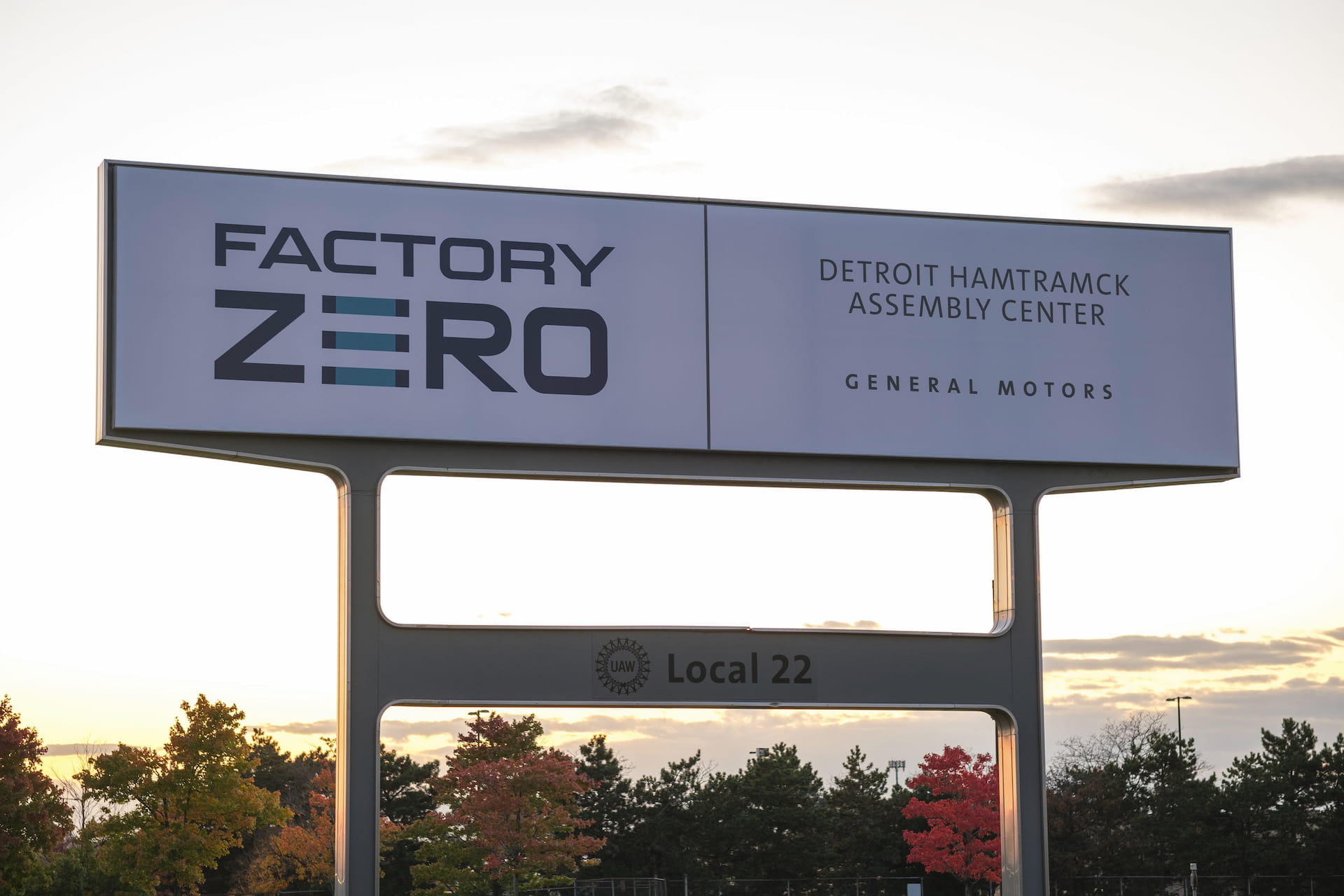
General Motors has taken its latest step to avoid financial disaster as its electric vehicle efforts have been widely derailed.
GM’s electric vehicle manufacturing efforts started off hot, and CEO Mary Barra seemed to have a real hold on how the industry and consumers were starting to evolve toward sustainable powertrains. Even former President Joe Biden commended her as being a major force in the global transition to EVs.
However, the company’s plans have not gone as they’ve drawn them up. GM has reported some underwhelming delivery figures in recent quarters, and with the loss of the $7,500 tax credit, the company is planning for what is likely a substantial setback in its entire EV division.
Earlier this month, the company reported it would include a $1.6 billion charge in its quarterly earnings results from EV investments. It was the first true sign that things with GM’s EV projects were going to slow down.
There was an even larger step taken this morning, as the Detroit Free Press reported that GM was idling its Factory Zero plant in Michigan until late November, placing about 1,200 workers on indefinite layoff status.
This is in addition to the 280 employees it has already laid off after production cuts that happened earlier this year at the Detroit-Hamtramck plant.
After November 24, GM will bring back 3,200 people to work until January 5 to operate both shifts. On January 5, GM is expected to keep 1,200 workers on indefinite layoff.
GM is not the only legacy automaker to make a move like this, as Ford has also started to make a move that reflects a cautious tone regarding how far and how committed it can be to its EV efforts.
After the tax credit was lost, it seemed to be a game of who would be able to float their efforts longest without the government’s help. Tesla CEO Elon Musk long said that the loss of these subsidies would help the company and hurt its competitors, and so far, that is what we are seeing.
Elon Musk was right all along about Tesla’s rivals and EV subsidies
However, Tesla still has some things to figure out, including how its delivery numbers will be without the tax credit. Its best quarter came in Q3 as the credit was expiring, but Tesla did roll out some more affordable models after the turn of the quarter.
News
Tesla expands Robotaxi geofence, but not the garage
This has broadened its geofence to nearly three times the size of Waymo’s current service area, which is great from a comparative standpoint. However, there seems to be something that also needs to be expanded as the geofence gets larger: the size of the Robotaxi fleet.

Tesla has expanded its Robotaxi geofence four times, once as recently as this week.
However, the company has seemingly kept its fleet size relatively small compared to the size of the service area, making some people — even pro-Tesla influencers — ask for more transparency and an expansion of the number of vehicles it has operating.
Over the past four months, Tesla has done an excellent job of maintaining growth with its service area in Austin as it continues to roll out the early stages of what is the Robotaxi platform.
The most recent expansion brought its size from 170 square miles (440.298 sq. km) to 243 square miles (629.367 sq. km).
Tesla sends clear message to Waymo with latest Austin Robotaxi move
This has broadened its geofence to nearly three times the size of Waymo’s current service area, which is great from a comparative standpoint. However, there seems to be something that also needs to be expanded as the geofence gets larger: the size of the Robotaxi fleet.
Tesla has never revealed exactly how many Model Y vehicles it is using in Austin for its partially driverless ride-hailing service (We say partial because the Safety Monitor moves to the driver’s seat for freeway routes).
When it first launched Robotaxi, Tesla said it would be a small fleet size, between 10 and 20 vehicles. In late August, after its second expansion of the service area, it then said it “also increased the number of cars available by 50 percent.”
The problem is, nobody knows how many cars were in the fleet to begin with, so there’s no real concrete figure on how many Robotaxis were available.
This has caused some frustration for users, who have talked about the inability to get rides smoothly. As the geofence has gotten larger, there has only been one mentioned increase in the fleet.
Trying to book a RoboTaxi in the new geofence and can’t get paired with a car.
Really think Tesla needs to add more cars to the fleet in Austin. Has become tougher and tougher to use the service reliably @elonmusk pic.twitter.com/KHqea3oUxU
— Farzad (@farzyness) October 29, 2025
Tesla did not reveal any new figures or expansion plans in terms of fleet size in the recent Q3 Earnings Call, but there is still a true frustration among many because the company will not reveal an exact figure.
-
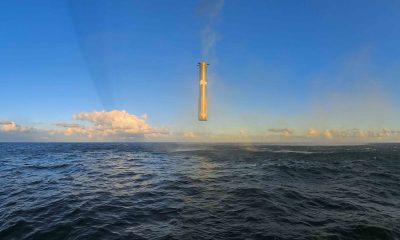
 Elon Musk2 weeks ago
Elon Musk2 weeks agoSpaceX posts Starship booster feat that’s so nutty, it doesn’t even look real
-

 Elon Musk2 weeks ago
Elon Musk2 weeks agoTesla Full Self-Driving gets an offer to be insured for ‘almost free’
-
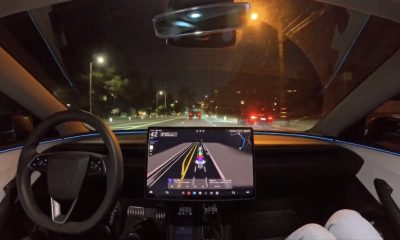
 News2 weeks ago
News2 weeks agoElon Musk confirms Tesla FSD V14.2 will see widespread rollout
-
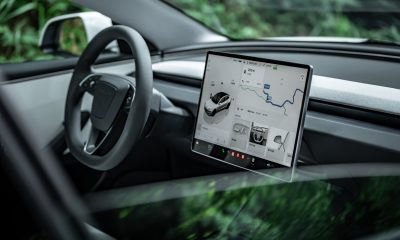
 News2 weeks ago
News2 weeks agoTesla is adding an interesting feature to its centerscreen in a coming update
-
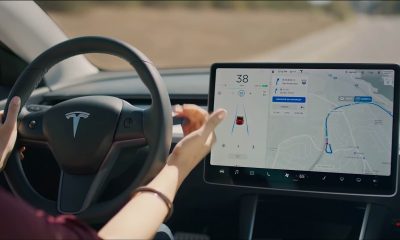
 News2 weeks ago
News2 weeks agoTesla widens rollout of new Full Self-Driving suite to more owners
-
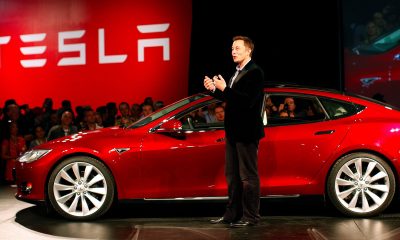
 Elon Musk2 weeks ago
Elon Musk2 weeks agoTesla CEO Elon Musk’s $1 trillion pay package hits first adversity from proxy firm
-
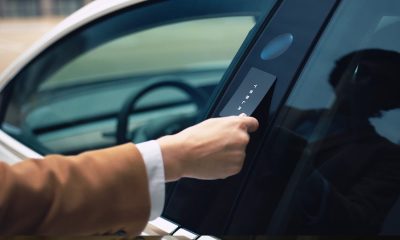
 News2 weeks ago
News2 weeks agoTesla might be doing away with a long-included feature with its vehicles
-
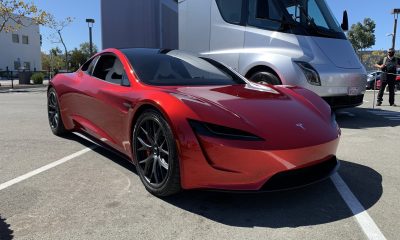
 News1 week ago
News1 week agoTesla updates fans on its plans for the Roadster


